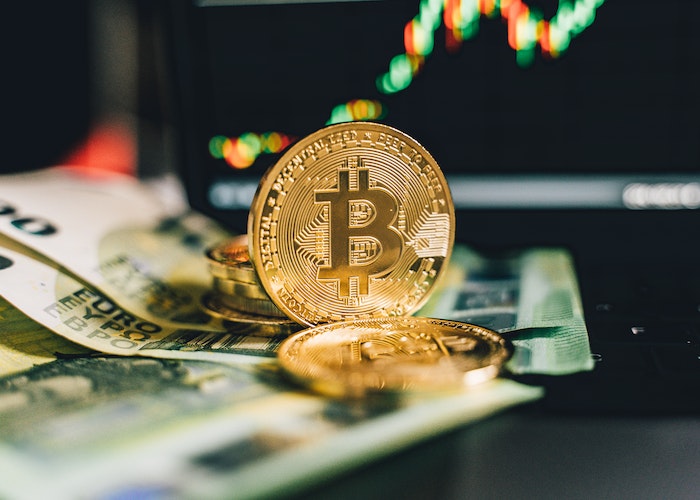In recent years, the gaming industry has witnessed a significant rise in the adoption of in-game cryptocurrencies. These digital currencies, often built on blockchain technology, are revolutionizing the way players engage with games, introducing new possibilities for ownership, trade, and economic ecosystems. In this article, we will explore the rise of in-game cryptocurrencies, their impact on the gaming landscape, and the potential they hold for the future.
In-Game Cryptocurrencies in detail
1. Understanding In-Game Cryptocurrencies
- Definition and Functionality – An overview of in-game cryptocurrencies, their purpose, and how they function within gaming environments. We delve into their role in facilitating virtual transactions, enhancing player experiences, and creating unique economies.
- Blockchain Technology – An explanation of the underlying blockchain technology that powers in-game cryptocurrencies. We explore the benefits of blockchain, such as security, transparency, and decentralization, and how these features positively impact the gaming industry.
2. Benefits of In-Game Cryptocurrencies

- Player Ownership and Asset Interoperability – We discuss how in-game cryptocurrencies empower players with true ownership of digital assets and the ability to transfer them across different games or platforms. This fosters a sense of value and control over virtual possessions.
- Enhanced Gameplay Experiences – An exploration of how in-game cryptocurrencies can enhance gameplay experiences. We examine concepts like play-to-earn models, where players can earn cryptocurrency rewards for their in-game achievements, and how this incentivizes engagement and skill development.
- Economic Opportunities – We explore the economic opportunities created by in-game cryptocurrencies, such as player-driven marketplaces, trading platforms, and virtual asset investment. These new ecosystems allow players to monetize their skills, create businesses, and participate in virtual economies.
3. Examples of In-Game Cryptocurrencies
- CryptoKitties – A case study on CryptoKitties, one of the earliest and most popular blockchain-based games that introduced the concept of non-fungible tokens (NFTs). We discuss how the game allowed players to breed, collect, and trade unique digital cats using Ethereum-based cryptocurrencies.
- Axie Infinity – We explore the success story of Axie Infinity, a play-to-earn game where players can battle, breed, and trade virtual creatures called Axies. We analyze how the game’s native cryptocurrency, AXS, has gained significant value and created a thriving community.
- Decentraland – An examination of Decentraland, a virtual world built on the Ethereum blockchain. We discuss how players can buy, sell, and develop virtual land and assets using the game’s native cryptocurrency, MANA, and how this has created a vibrant decentralized ecosystem.
4. Challenges and Considerations
- Scalability and Transaction Costs – We discuss the challenges of scaling in-game cryptocurrencies, including network congestion and high transaction fees. We explore potential solutions, such as layer-2 solutions and blockchain interoperability, that aim to address these issues.
- Regulatory Landscape – An overview of the regulatory considerations surrounding in-game cryptocurrencies. We explore the legal and tax implications, as well as potential risks related to fraud and scams, and how regulators are adapting to this evolving space.
5. Future Outlook

- Mainstream Adoption – We examine the potential for in-game cryptocurrencies to gain widespread adoption and become an integral part of the gaming industry. We discuss collaborations between traditional gaming companies and blockchain projects, as well as the emergence of blockchain-based gaming platforms.
- Technological Advancements – An exploration of technological advancements that may shape the future of in-game cryptocurrencies. We discuss concepts like layer-2 solutions, interoperability protocols, and advancements in blockchain scalability that could enhance the usability and adoption of in-game cryptocurrencies.
Conclusion
In-game cryptocurrencies are revolutionizing the gaming industry by introducing new opportunities for ownership, economic participation, and immersive gameplay experiences. As blockchain technology continues to advance and adoption grows, the rise of in-game cryptocurrencies is set to reshape the gaming landscape, creating a more player-centric and economically vibrant virtual world. With endless possibilities on the horizon, the future looks promising for the integration of in-game cryptocurrencies into mainstream gaming.
